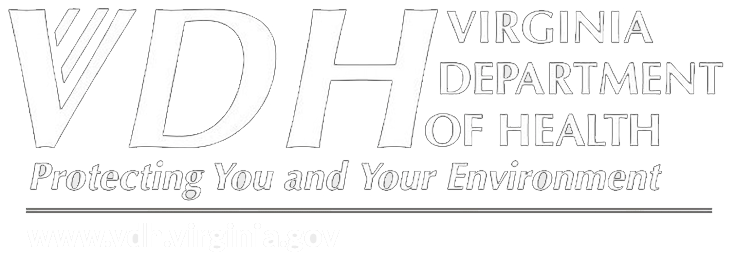Schools can play a key role in suicide prevention. In fact, they are called upon to do so.
When school personnel, families, and communities take an active role in suicide prevention, lives can be saved.
The Suicide Prevention Guidelines for Virginia Public Schools, adopted by the Board of Education in June, 2020, provide information to assist local school boards in revising policies to help prevent suicide and procedures to intervene when suicidal threats are present, and how to manage the crisis response when a death by suicide occurs in the school community.
The Virginia Department of Education (VDOE) has partnered with the Virginia Department of Health (VDH) to raise awareness about Suicide Prevention. The goal of this partnership is also to provide information about how to access help before and during a crisis, connecting people to the resources they need.
Virginia educators are being encouraged to explore an electronic toolkit that was developed to house materials related to the effort of suicide prevention. The Recognize. Talk. Act Suicide Prevention Toolkit includes educational materials and print-ready social media communication templates that schools can use. The main webpage at www.vdh.virginia.gov/suicide-prevention, states definitively: “Suicide is preventable, everyone has a role to play, Recognize. Talk. Act.”
Explains Martha Montgomery, School Psychology Specialist with VDOE, “Our office specifically is engaged in work around schools and the mental health of students. Suicide prevention, intervention and postvention is certainly a big part of that.”
Until recently, it’s been challenging for schools to find needed resources all in one place. “Finding specific pieces of information was a little bit more hit or miss, and sometimes you’re trying to uncover those resources on your own. So, what we really tried to do is to provide examples or create our own actual forms that they could just print out and use themselves either as counselors, psychologists, or school teams, to work through some of these processes,” says Montgomery.
Most recently, the VDOE considered each profession that it is serving – school psychologists, school nurses, school social workers and school counselors – and created individual tablets which are linked to each of the websites and each of the newsletters.
Explains Montgomery, “The tablets are linked to resources that are either specific to our profession or shared across professions. The suicide prevention guidelines, once on my tablet, will always be there. There’s no need to go hunting for specific links on the website; the tools and resources are right there, easy to access. That was our goal, to try to find ways that our folks have these resources at their fingertips.”
The VDOE website is chock full of valuable information and links to resources about suicide prevention, awareness, warning signs and much more.
The site includes ways for schools to create a supportive, proactive climate for suicide prevention. Here are just a few of the suggestions:
- fostering a school climate that is safe, secure, and comfortable for all students,
- developing activities and extracurricular programs that are inviting and inclusive,
- training and supporting staff members who help and encourage students,
- ensuring service staff members are accessible to students,
- providing a regular forum in which staff members discuss students who are displaying worrisome behavior or experiencing stress.
For more information, go to: https://www.doe.virginia.gov/support/prevention/suicide/index.shtml.
